Are you and your baby having trouble sleeping and trying to find strategies to get a better night’s sleep? Color noise is one of the less well-known but highly successful ways to improve the quality of your sleep. You heard correctly! You and your baby can fall and stay asleep more easily by creating a calming environment with color noise that helps shut out distractions. However, you may be wondering which of the various noise types—such as brown, pink, and white noise—is best for sleeping. We’ll explain all you need to know what color sound is best for sleep?
you may want to read: How to Get Newborn to Sleep in Bassinet
- What is Color Noise?
- What is White Noise?
- What is Pink Noise?
- What is Brown Noise?
- Different Color Noises and What They Do
- Which Color Noise is Best for Sleep?
- How to Use Color Noise for Sleep
- Where to Find Color Noise Products
- Conclusion:
- Frequently Asked Questions (FAQs) about what color sound is best for sleep?
What is Color Noise?

Let’s first clarify what color noise is before exploring its various types. Color noise refers to sounds that consist of a range of frequencies. Each type of color noise has a distinct sound due to the way its frequencies are distributed. This combination of frequencies can create a soothing, consistent background noise that helps mask distractions and promotes relaxation. So, what color sound is best for sleep?
White noise, pink noise, and brown noise are some examples of color noise. While each works differently, they can all be used to improve sleep quality.
you may want to sleep: Understanding Newborn Day-Night Confusion
What is White Noise?
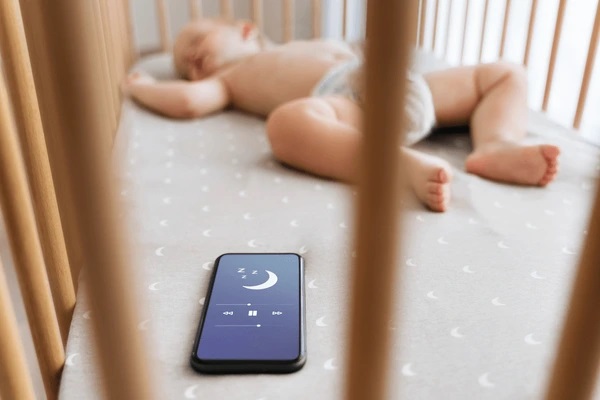
White noise is the most popular type of color noise and is commonly used for sleep. Imagine static from a television or the constant hum of an air conditioner or fan. All of the frequencies in the sound spectrum are uniformly distributed within it. White noise has a stronger sound as a result, sometimes referred to as “static-like,” and some people find it to be highly useful for drowning out background noise.
.
What is Pink Noise?
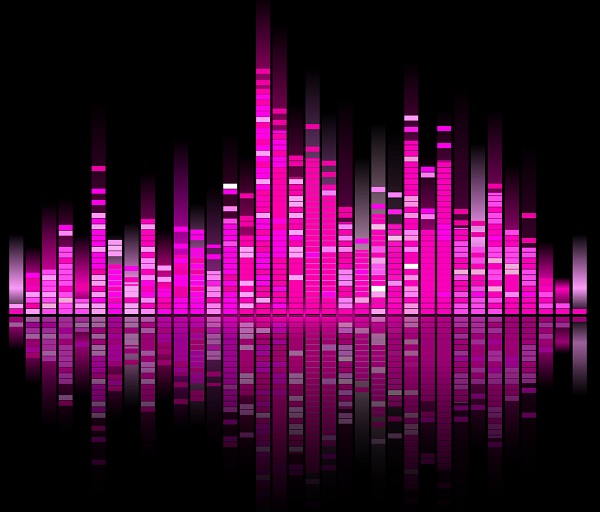
Pink noise is very similar to white noise, but with one important difference: There are lower frequencies in it. Because of this, pink noise sounds more calming and deeper than high-pitched white noise. You have heard pink noise if you have ever heard rain or the crash of waves. It is frequently said to be more natural and gentler.
What is Brown Noise?
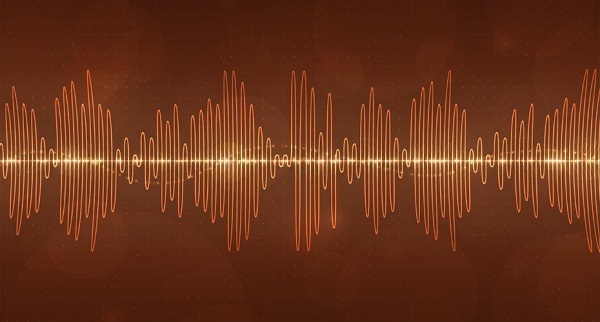
Brown noise, also known as red noise, is even deeper than pink noise. It features a bass-heavy, rumbling sound that many people liken to thunder or heavy rain. For those who want a more potent, low-pitched tone to aid in their sleep, brown noise’s lower frequencies produce a rich and soothing sound.
Different Color Noises and What They Do

Now that we understand the basics, let’s explore how each type of color noise can impact your sleep and overall well-being.
White Noise for Sleep
Because white noise produces a steady sound that can cover out abrupt, startling sounds, many people utilize it to aid in their sleep. If you live in a noisy neighborhood or have a snoring companion, this can be really beneficial. You can fall asleep more quickly and remain asleep longer by using the steady hum of white noise to assist your brain block out those distractions.

Benefits of White Noise for Sleep:
Masks background noise:
Helps block out external sounds like traffic or snoring.
Improves sleep quality:
Studies suggest that white noise can help you fall asleep more easily and sleep more soundly.
Helps babies sleep:
Many parents use white noise to help soothe their babies to sleep, especially in noisy environments.
Pink Noise for Sleep
Pink noise can be a better choice if you find white noise to be too harsh. With a deeper tone that can aid in relaxation, pink noise is frequently characterized as tranquil and comforting. It is frequently compared to soothing natural sounds like wind, rain, or ocean waves.

Benefits of Pink Noise for Sleep:
Promotes relaxation:
The lower frequencies in pink noise create a calming atmosphere that can help ease anxiety and stress before bedtime.
Improves sleep stability:
Some studies suggest that pink noise may help improve the stability of your sleep cycles, leading to deeper and more restful sleep.
Helps with deep sleep:
If you’re a light sleeper or prone to waking up easily, pink noise may help you stay asleep longer and wake up feeling more refreshed.
Brown Noise for Sleep
Brown noise can be the best option for you if you like a deep, rumbling sound. Many people find the bass-heavy tone of brown noise, which has a lower frequency range, to be grounding and soothing. It’s ideal for people who want a deeper, more powerful sound to help them unwind and go to sleep.

Benefits of Brown Noise for Sleep:
Provides deep, calming tones:
The low-frequency hum can help calm your nervous system, promoting relaxation before sleep.
Reduces stress:
The steady, powerful sound of brown noise can help lower stress levels and create a sense of comfort.
Helps with tinnitus:
Some studies suggest that brown noise may help reduce the symptoms of tinnitus, a condition where you hear ringing or buzzing in the ears.
Which Color Noise is Best for Sleep?
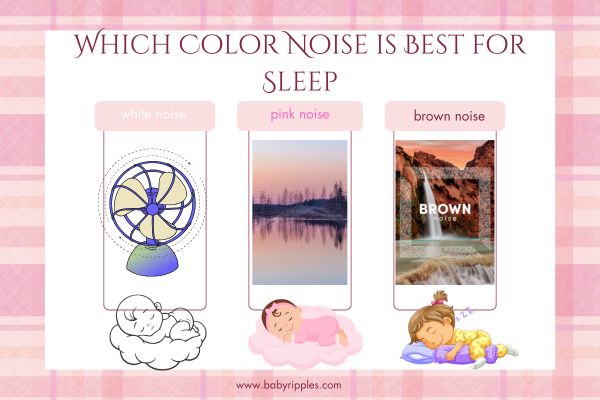
So, which color noise is best for sleep? The answer depends on your personal preferences and what works best for your body. Here’s a quick breakdown:
White Noise:
Best for those who need to block out external sounds and don’t mind a high-pitched, static-like sound.
Pink Noise:
Ideal for people who want a softer, more soothing sound that mimics natural environments like rain or ocean waves.
Brown Noise:
Perfect for those who prefer a deeper, rumbling sound that helps them relax and feel grounded.
If you’re new to color noise, it’s a good idea to experiment with each type and see which one helps you fall asleep faster and stay asleep longer.
How to Use Color Noise for Sleep
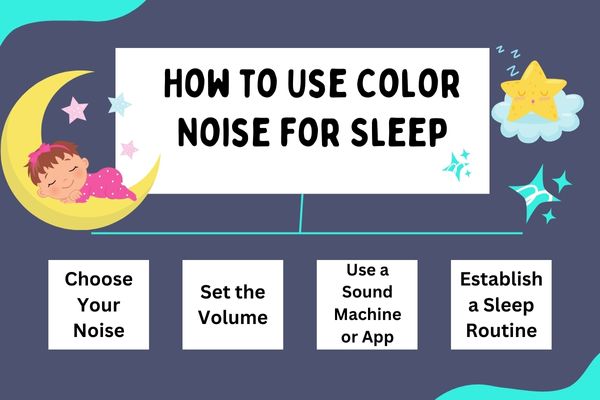
To get the most out of color noise, here’s a simple step-by-step guide:
Choose Your Noise:
Pick the type of color noise that best suits your needs—whether it’s white noise, pink noise, or brown noise.
Set the Volume:
Play the sound at a comfortable volume—loud enough to mask distractions, but not so loud that it becomes overwhelming.
Use a Sound Machine or App:
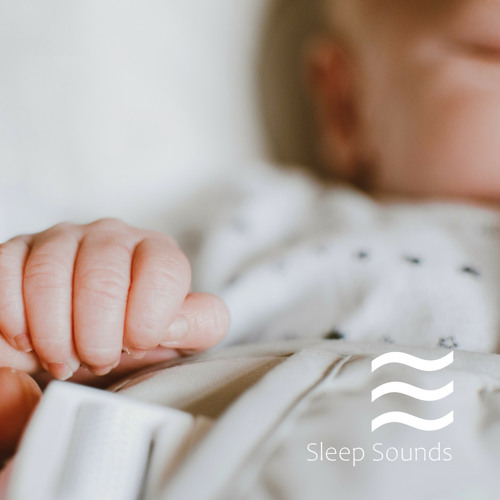
There are many sound machines and apps that offer a variety of color noises. Choose one that fits your lifestyle.
Create a Sleep-Friendly Environment:
Along with color noise, make sure your bedroom is dark, cool, and quiet. This will enhance the effectiveness of the noise and promote deeper sleep.
Establish a Sleep Routine:
Stick to a regular sleep schedule. Going to bed and waking up at the same time each day can help reinforce your body’s natural sleep cycle.
Where to Find Color Noise Products
Now that you know how color noise can help improve your sleep, you may be wondering where to find these sounds. Fortunately, there are many options available:
Sound machines:

Devices specifically designed to play color noise, often with options to adjust volume and select different types of noise.
Apps:

Downloadable apps on your smartphone that offer a wide range of color noise options.
YouTube:

There are plenty of free videos offering hours of continuous color noise.
By using color noise products, you can create a relaxing, sleep-friendly environment in the comfort of your own home.
Conclusion:
Including color noise in your sleep regimen could significantly improve the quality of your sleep. What color sound is best for sleep? You’re sure to find a sound that helps you drift off peacefully, whether you prefer the deep rumbling of brown noise, the soothing tones of pink noise, or the static hum of white noise.
Frequently Asked Questions (FAQs) about what color sound is best for sleep?
1. What is the difference between pink noise and white noise?
White noise contains all frequencies in the sound spectrum, distributed equally, resulting in a high-pitched, static-like sound. On the other hand, pink noise focuses more on lower frequencies, making it deeper and smoother, resembling natural sounds like rain.
2. Can color noise help with sleep issues?
Yes, color noise can help with sleep issues by masking distracting sounds and promoting relaxation. Different types of color noise—like pink noise and white noise—may work better for different individuals depending on their preferences.
3. What are the benefits of using pink noise for sleep?
Pink noise has a calming effect due to its lower frequencies. It helps reduce the contrast between background noise and sudden disruptions, improving sleep quality and helping you stay in deep sleep longer.
4. How does brown noise differ from pink and white noise?
Brown noise has a much deeper tone compared to pink noise and white noise. It’s bass-heavy, similar to the sound of heavy rain or thunder. It’s often used by people who prefer a deep, rumbling sound to promote relaxation and sleep.
5. What are the best products for using color noise at home?
You can find various color noise products such as sound machines, smartphone apps, and online videos. These products allow you to easily access and customize the color noise that works best for your sleep needs.





